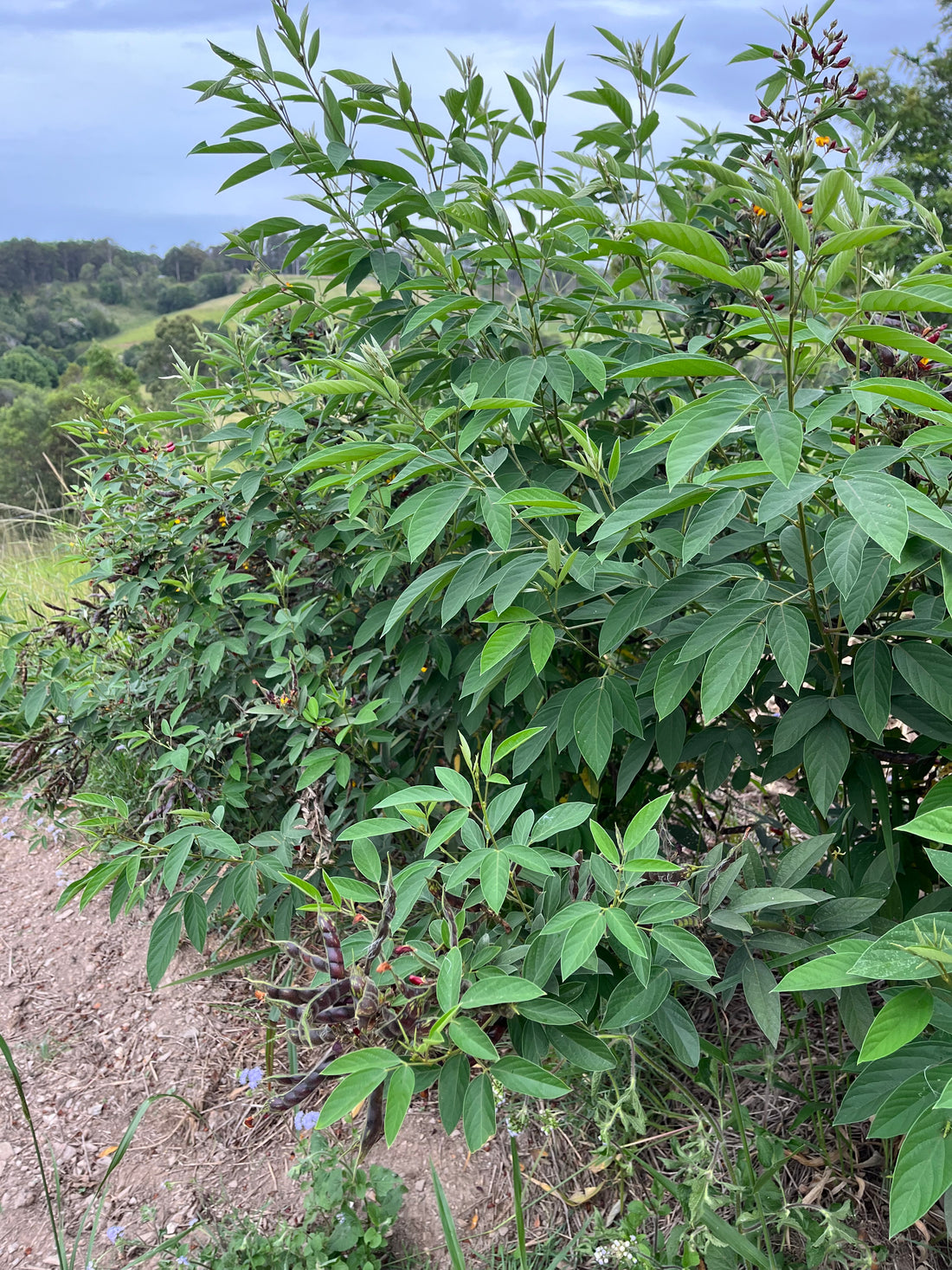Starting Your Permaculture Journey in a Subtropical Climate: The Ultimate Guide with Hardy Plants
Starting your permaculture journey in a subtropical climate can be a fulfilling and rewarding experience, helping you achieve self-sustenance while contributing to the restoration of ecosystems for the future.
Permaculture is an approach to gardening and agriculture that emphasizes using closed loop systems, minimizing waste, and working with the natural environment. And what better way to begin your journey than by incorporating the best perennials for a subtropical climate?
The Must-Have Perennials for Your Subtropical Permaculture Garden
These five plants - Comfrey, Pigeon Pea, Cassava, Vetiver Grass, and Moringa - are essential for starting your permaculture journey in a subtropical setting. These perennials offer a range of benefits, from providing a steady source of food and medicine, to improving soil health and creating a thriving ecosystem.
All of these plants, except for Comfrey, can be used for human consumption, while Comfrey cannot be used for human consumption but can be used for animal feed, further adding to their value in a permaculture setting. Incorporate these plants into your garden and start your permaculture journey today!
Comfrey: The Nutrient-Rich Ground Cover
- High in nutrients and minerals, making it a valuable addition to compost and a natural fertilizer
- Can also be made into a liquid fertilizer for use on other plants
- Deep roots help to improve soil health by bringing up nutrients from deep within the soil
- Can be used as a ground cover, reducing the need for other plants to compete for light and nutrients
- Is a dynamic accumulator of nutrients, meaning it can absorb and concentrate nutrients from the soil to improve soil health
- Cannot be used for human consumption but can be used as animal feed
Pigeon Pea: The Nutritious Legume
- A hardy legume that is well suited to tropical climates
- A good source of protein, making it a valuable addition to the diet
- Fixes nitrogen in the soil, improving soil health and fertility for other plants.
- Can be used as animal fodder and for human consumption.
Cassava: The Drought-Resistant Staple Crop
- A staple crop in many parts of the world
- Drought-resistant, making it a valuable addition to the garden in dryer periods
- A good source of carbohydrates, providing an important source of energy
- Cassava needs to be properly prepared before human consumption. It must be peeled, boiled, and then mashed or fried. Boiling times can vary between 30 minutes to an hour, depending on the size of the cassava.
- After cooking, can be also used as animal feed.
Vetiver Grass: The Versatile Soil Stabilizer
- Versatile plant with a range of uses, including erosion control and soil stabilization
- Can also be used as a natural air conditioner due to its ability to release moisture into the air
- Deep roots help to improve soil health and prevent soil erosion
- Can be used as animal fodder
Moringa Oleifera: The "Miracle Tree"
- Often referred to as the "miracle tree" due to its high nutritional value
- Leaves are rich in vitamins and minerals, including vitamins A, C, and E, calcium, potassium, and iron
- Seeds can be used to produce oil, making it a versatile and valuable plant to have
- Can be used for both human and animal consumption raw or cooked
